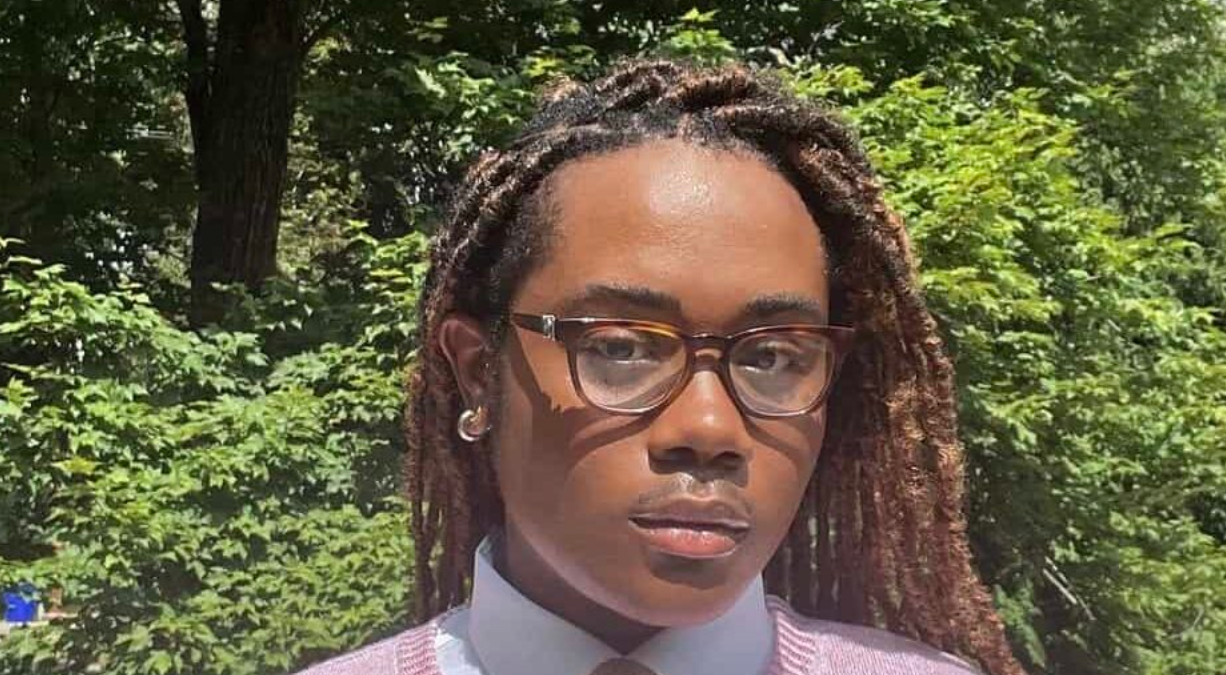O. René Garrett Wright, Staff Writer—
When is it not a precarious moment to be a queer person? When have we ever been invulnerable? To violence? To crisis? To precarity? The recent domestic terror attack at Club Q in Colorado Springs has left many bereft and without a moment for pause. While conversations about the shooter’s identity and the bravery of those who intervened continue, how do we respond, as organizations, institutions, and individuals, to this lack of safety and security?
It is truly a precarious moment to be queer. The risk of COVID-19 has kept many queer people from dating, hooking up, or simply gathering in person, for some in the rural and midwestern U.S. intimacy of this variety is already a rarity without the threat of airborne contagion. As the pandemic continues, many have had to renegotiate social life and we have all made the adaptations where possible, and perhaps there are more to be made. However, for queer disabled people who are especially vulnerable to viral infection, these renegotiations of social and sexual intimacy might retrench already present barriers to social life.
It was only April 2022 when the U.S. Center for Disease Control recommended queer men to get vaccinated against meningitis as Flordia public healthcare systems reckoned with one of the worst outbreaks of meningococcal disease among gay and bisexual men in U.S. history. There are differing types of vaccines according to meningitis subtype A, B, C – B apparently is wreaking havoc. But wait, monkeypox (MPX), the viral zoonosis related to but less severe than Smallpox, should also be on queer person’s inoculation schedule! And where do you go to get that taken care of? Especially if you are not particularly tapped into a queer network where this information circulates, you know – someone closeted.
Publically we might reject this kind of vulnerability and do our best to connect people in our networks to resources in times of need. Yet, in public, it was only in 1977 when Norman Podhoretz, Columbia graduate and recipient of a Presidential Medal of Freedom from George Bush in 2004, authored a column holding queer people accountable for U.S. shortfalls in the Cold War. As Gayle Rubin says, “[explicitly] linking the domestic anti-gay fight to the anti-communist battles in foreign policy.” The U.S. domestic stage has been a home for anti-queer propaganda.
We have always been in a precarious moment whether anti-queer violence has been supplied in part or in whole by medical, social, or political interactions and structures. Dr. Maia Kotrosits, in an article on vulnerability and penetration, sheds light on vulnerability writing: “What I want, what my experience pushes me to demand, is some new and perhaps warmer concepts that accommodate the pushes and pulls, the more minor and intriguing, and sometimes uncomfortable, impressions and touches that shape erotic life and relationships at large—and that do so without a sense of ontological shattering.” I would add to Kotrosits’ claim for anti-fragility that attention to difference, privilege, and power shape our sense of vulnerability and precarity.
So we might say it’s a miracle at all that queer people are around, in many ways louder than ever, resisting pressure not to exist, to die, to fall ill, or through the cracks. Back in the United States, the Center for Disease Control released a report in 2016 claiming that without significant intervention, seroprevalence, the morbidity level of a blood-related disease, namely HIV/AIDS, among Black queer men could reach levels of 1 in 2 by 2050. However, in another report titled, “From COVID-19 to Monkeypox: Unlearned Lessons for Black, Latino, and Other Men With HIV Who Have Sex With Men” the claim is simple, we will only get better outcomes by vaccinating the most vulnerable, in this situation Black and brown folks. What we might learn about vulnerability from this meaningful approach is that in moments where structures produce insecurity or violent situations, queerness is not itself a flat one-way street of risk, depending on where you go the house are made of sticks.

